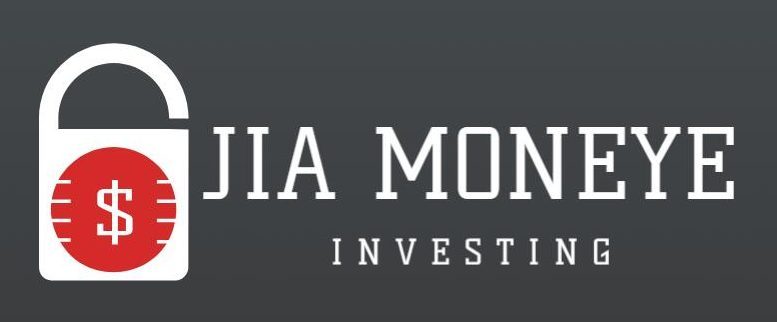Peer-to-Peer Lending: A Modern Loan Solution
In the modern financial landscape, peer-to-peer (P2P) lending emerges as a revolutionary concept, much like the first rays of dawn heralding a new day. This innovative lending mechanism connects individuals who need to borrow money with those who want to invest, bypassing traditional financial institutions. It’s a digital marketplace where the age-old practice of lending finds a new, modern form, offering a unique blend of opportunities and challenges.
Imagine a world where your loan doesn’t come from a faceless institution, but from a community of individuals who believe in your goals. This is the essence of P2P lending. It’s like a digital town square where borrowers and lenders meet, negotiate terms, and transact without the intermediation of banks. Here, technology plays the role of a skilled matchmaker, pairing borrowers with potential lenders based on their financial profiles and needs.
One of the most compelling aspects of P2P lending is its accessibility. For borrowers, especially those with less-than-perfect credit scores or unconventional funding needs, P2P platforms can be a beacon of hope. These platforms often employ more holistic and flexible criteria for loan approval, considering the broader narrative of a borrower’s financial situation. It’s a more personalized approach, a departure from the rigid, formulaic assessments of traditional banks.
For investors, P2P lending presents an opportunity to diversify their portfolios and potentially earn higher returns compared to traditional savings or investment products. It’s like planting seeds in a variety of gardens, each with its unique soil (risk profile) and potential for growth (return on investment). However, with the potential for higher returns comes increased risk. Unlike bank deposits, P2P loans are not insured, meaning that investors could lose their principal if borrowers default.
The beauty of P2P lending lies in its simplicity and speed. The entire process, from application to receiving funds, can often be completed within a few days. This efficiency is a breath of fresh air in a world where traditional loan approvals can be slow and cumbersome. For small businesses and individuals, this speed can make a significant difference, providing timely financial support when it matters most.
But this modern loan solution is not without its challenges. The P2P lending space is relatively new and still evolving, which means it can be a landscape of unpredictability and regulatory changes. Both borrowers and lenders must tread carefully, arming themselves with knowledge and understanding the risks involved. For borrowers, the interest rates on P2P loans can be higher than traditional banks, especially for those with higher risk profiles. Lenders, on the other hand, must carefully assess the creditworthiness of borrowers to mitigate the risk of defaults.
In conclusion, peer-to-peer lending is a testament to the innovative spirit of the financial world, a bridge connecting the past and the future of lending. It empowers individuals, democratizes access to capital, and challenges the traditional banking model. As with any financial decision, entering the P2P lending space requires careful consideration, a clear understanding of the risks and benefits, and a thoughtful approach. In this modern era of finance, P2P lending stands out as a powerful tool, offering new possibilities and pathways for both borrowers and lenders.
